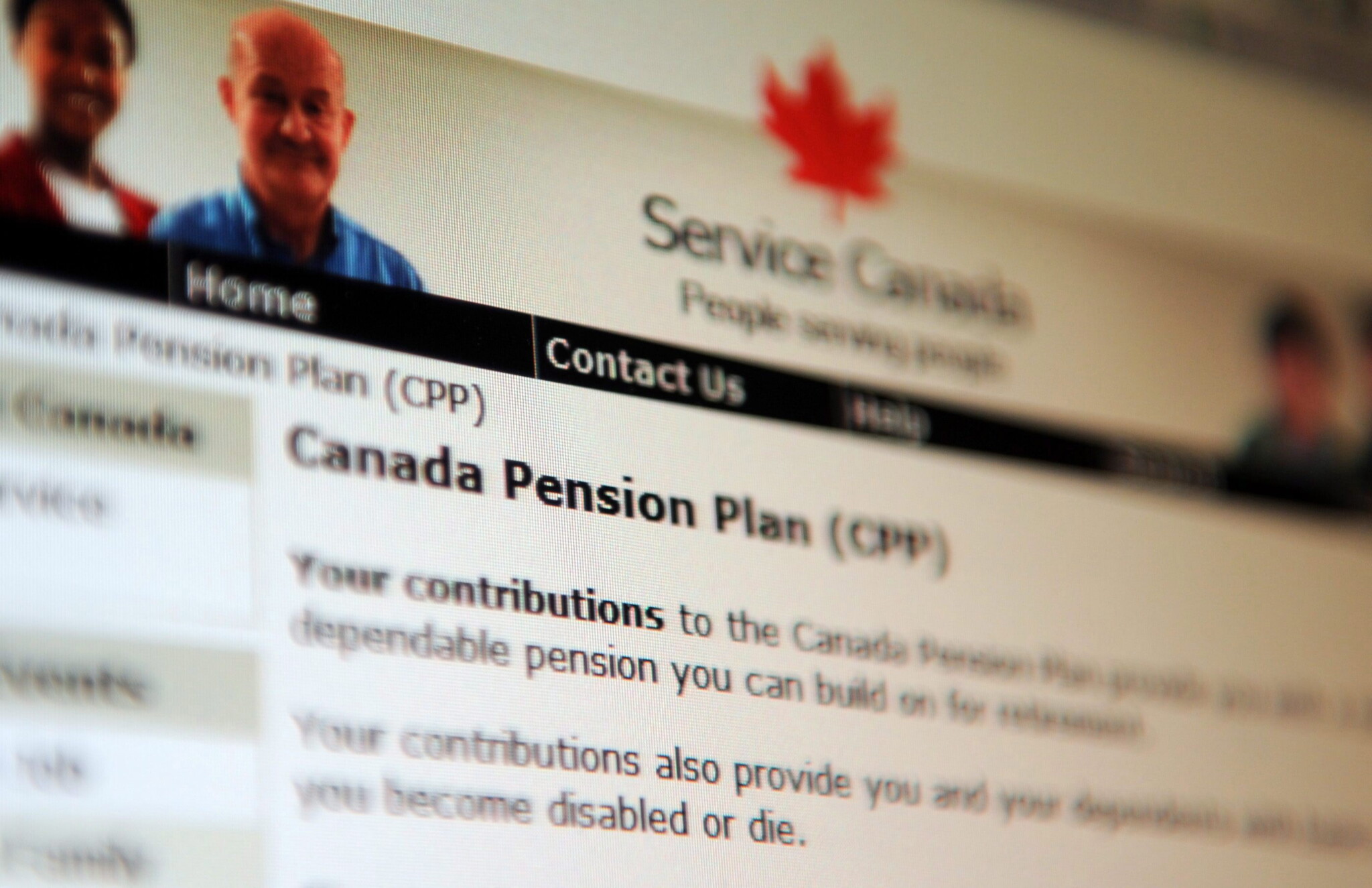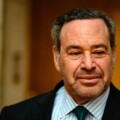They are the demigods of our corporate world. They manage over $2 trillion of our retirement money, with investments and influence that span the globe. But they’re starting to attract political attention. And with that comes debate.
Bestriding our financial community, the eight largest public pension funds in Canada are known by the adulatory nickname “the Maple Eight.” Among them are AIMCo, BCI, CPP Investment Board, OMERS, and PSP.
These pension funds are touted as shining examples of well-run and high-performing pension funds and are often held up as models for other countries. Recently, the U.K.’s chancellor of the exchequer made a special trip to Toronto to study the Canadian model of pension governance and pitch them on more investment in her homeland.
Known for the “Canadian Model” of fund governance—active investing strategies run by internal managers, diverse asset portfolios, and arm’s length relations with government—the Maple Eight invest our retirement savings in everything from airports to office towers, EV battery factories to shopping malls.
But are they becoming political problems for their government masters? Look closely at the political weather reports and you’ll see storm patterns developing.
The westerly winds from Alberta
The Alberta government pulled rank over AIMCo in November when it suddenly turfed the AIMCo board of directors, its CEO, and other executives, allegedly for unacceptable cost increases, poor investment returns, and disagreements over direction. In came former prime minister Stephen Harper as board chair and Ray Gilmour, a top public servant, as interim CEO. Who knows what the future holds, but it’ll be significantly different than the status quo.
Even though momentum on this front has stalled, Alberta is also still reviewing that province’s membership in the Canada Pension Plan. If they move forward, Alberta leaving the CPP to set up its own plan would be a massive lift and shift. It would also be a tectonic change to the Canadian Pension Plan (CPP) and its manager, the CPP Investment Board (CPPIB).
The CPP Fund will soon hold $1 trillion of our money. How much is too much?
The CPP Fund is now a global financial titan. Others may disagree, but in my view, it’s a Canadian success story. In the past twenty years, the CPP Fund grew from $70.5 billion to $675.1 billion today, with that number predicted to hit $1 trillion in the next eight years. But must it hold that much of our money for its core mission of ensuring the sustainability of CPP benefits?
According to the latest annual report, the CPP Fund today has almost $200 billion in excess of earlier projections. In 2015, Canada’s chief actuary predicted that the CPP Fund would hold $625 billion by 2031, more than enough to finance the CPP into the 2090s. That projection has been twice revised upward to just over $1 trillion, an eye-watering upswing of $375 billion in just a few years.
If holding $625 billion by 2031 was enough to finance CPP benefits until the end of this century, then why do we need over $1 trillion? That’s a gargantuan surplus owned by Canadians who live outside Quebec.Remember Quebec is not part of the CPP.
Moreover, as it stands, the CPP Fund spins off a surplus of tens of billions each year.Yes, you and I are part owners of a global hedge fund that’s predicted to generate almost $37 billion in net income in 2025, 88 percent of which would then be shipped outside Canada as foreign investment.
All this at a time of crumbling schools, a starved military, and lousy public transit to name a few problems that money can actually address–to say nothing of financially-strapped households. Would you keep contributing to your flush RRSP if your roof needed repairs?

Information regarding the Canadian Pension Plan is displayed of the service Canada website in Ottawa on Tuesday, January 31, 2012. Sean Kilpatrick/The Canadian Press.
To be clear, politicians should not direct the CPPIB where to invest the money; but we may need to wholly withdraw a large dividend from the CPP Fund itself in the form of increased benefits, lower premiums, or a general return to government or Canadian citizens themselves.
As I’ve written before at The Hub, a debate about the size of the CPP Fund and what we should do with any surplus is overdue and healthy, not heretical.
Other issues are breaking out
A sampling of the debate over a pension fund surplus may be the current punch-up between Treasury Board President Anita Anand and federal public sector unions over a $1.9 billion surplus in the PSP Fund that was shifted to government coffers because it exceeded permitted limits. Anand accused the union of spreading “completely inaccurate” information. The union shot back, accusing her of raiding their members’ retirement fund. The final use of this surplus remains to be debated, but it’ll get hotly political.
Another of the Maple Eight to sail into rough waters is OMERS, Ontario’s big retirement fund for municipal employees. In October, the provincial government ordered a sweeping governance review of OMERS that will examine its top-level decision-making structures and practices. Things must have been pretty bad to get the responsible minister to order a governance review of an arm’s length pension fund.
And political winds may now be shifting on broader issues like ESG and domestic investment levels. Pension funds are among the most powerful spearheads for the ESG movement that may now be at odds with current political momentum, likely caused by President Trump’s oil and coal policies. Time will tell how far and fast things shift, but the big pension funds will need to adjust accordingly.
If that’s not enough, the pension funds’ foreign investment levels are now being questioned. In March, over ninety business leaders issued a public letter calling for more domestic investment by Canada’s pension funds. Of the roughly $2 trillion under their control, 80 percent is invested outside Canada, a massive outflow of money from our economy.
There may be very sound reasons for this. As a relatively small economy, we simply don’t have enough high-quality opportunities in which to responsibly invest the amounts of money we’re talking about. The debate continues.
By nature, the debate will be political
Importantly, our pensions have been managed successfully. But success also brings needed attention, especially when it involves other people’s money.
Issues are piling up. Three of the eight–AIMCo, PSP, and OMERS–are in high-profile imbroglios about governance and funding. The CPP Fund is overfed and overstuffed. And it could take a torpedo hit if Alberta withdraws from the CPP. Canadians are demanding that these funds invest more at home, and in April, the feds tasked former Bank of Canada governor Stephen Poloz to generate ideas to persuade pension funds to invest more domestically.
Whether pension fund managers like it or not, the debate now sits at the popular and political levels. The Maple Eight will need to reconcile themselves to this new reality, brave the weather, and navigate the way ahead.









